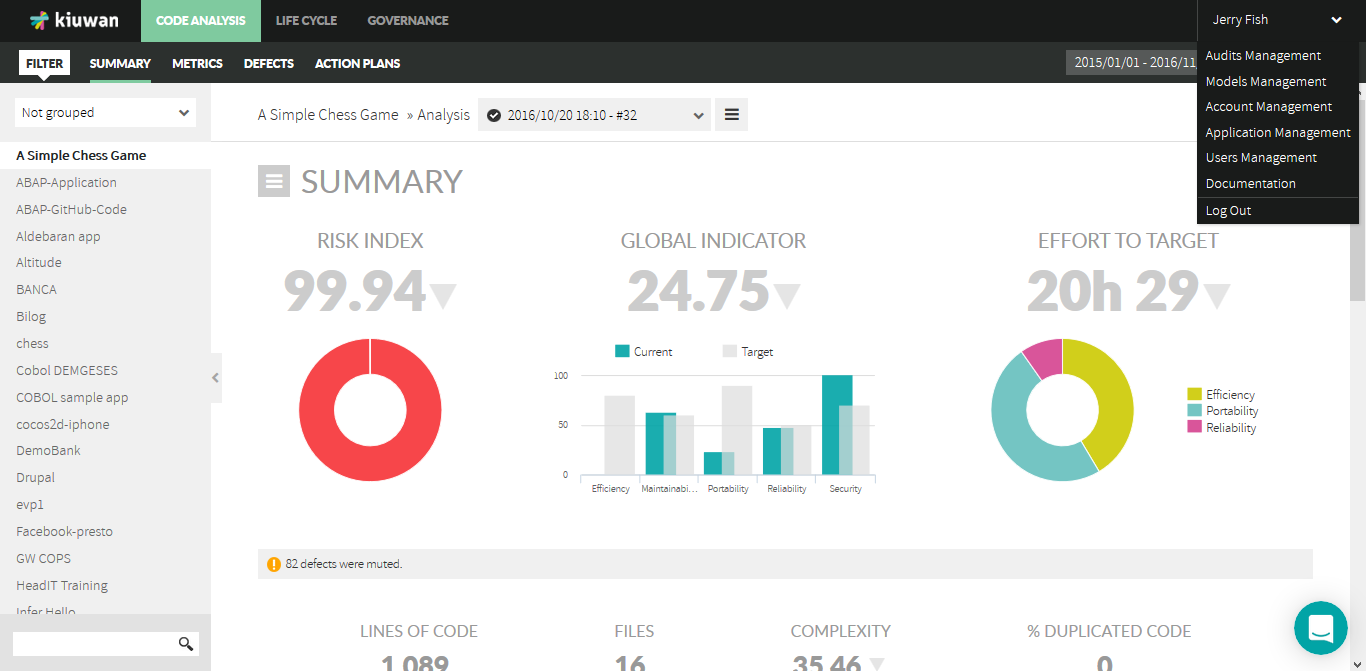...
...
| Table of Contents |
|---|
Related pages:
| Page Tree | ||||
|---|---|---|---|---|
|
...
...
Any Kiuwan account always has one Account Owner.
...
...
...
...
...
...
...
...
In a just created Kiuwan account, only the account owner can access these admin options, But admin privileges are not privative of the account owner.
Admin privileges can be granted to any other users of the Kiuwan account.
Therefore, in Kiuwan there's not an admin user, but users with admin privileges. After assigning admin privileges to other users, those users can also execute admin actions as well as granting admin privileges to other users.
...
...
...
...
...
...
Administration privileges are the following:
...
...
...
...
...
...
...
...
...
...
...
...
...
...


